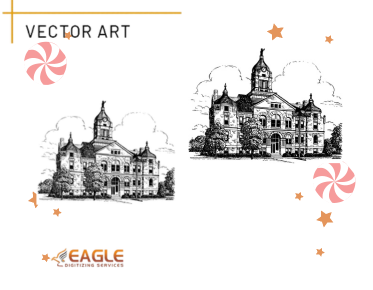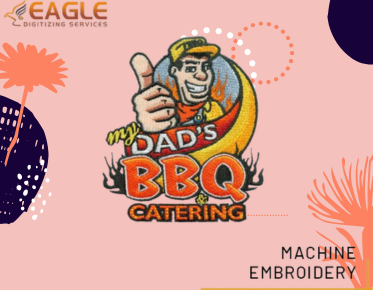Understanding the Transparency of Vector Images
html
Vector images are a crucial component in the world of digital graphics, known for their scalability and precision. One common question that arises is whether vector images are transparent. The answer is both yes and no, depending on the context and the software used to create or manipulate these images. Vector images inherently do not have a background, which means they can be placed over any other image or background without any visible borders or edges. This feature is often perceived as transparency.
The Nature of Vector Images
Vector images are composed of paths defined by mathematical expressions, which makes them resolution-independent. Unlike raster images, which are made up of pixels, vector images can be scaled to any size without losing quality. This property is particularly useful for logos, icons, and other graphics that need to be resized frequently. The absence of a pixel-based structure means that vector images do not have a fixed background, allowing them to blend seamlessly into any design.
Transparency in Vector Graphics
When discussing transparency in vector graphics, it's important to differentiate between the image itself and the file format. Most vector file formats, such as SVG (Scalable Vector Graphics), support transparency. This means that when you save a vector image in an SVG format, it can maintain transparent areas, allowing the background to show through. This is particularly useful in web design, where images need to integrate smoothly with various backgrounds.
Applications and Software
Various software applications support the creation and manipulation of vector images with transparency. Adobe Illustrator, CorelDRAW, and Inkscape are popular tools that allow designers to create complex vector graphics with transparent elements. These programs offer layers and masking features that enable designers to control the transparency of different parts of an image. This capability is essential for creating intricate designs that require a high level of detail and precision.
Practical Uses of Transparent Vector Images
Transparent vector images are widely used in branding and marketing materials. Logos, for instance, often need to be placed on different backgrounds, from business cards to billboards. The ability to maintain transparency ensures that the logo looks consistent and professional across all media. Additionally, transparent vector images are used in web design to create seamless user interfaces and engaging visual content.
Challenges and Considerations
While vector images offer many advantages, there are some challenges to consider. Not all file formats support transparency, and converting a vector image to a raster format can result in the loss of this feature. It's crucial to choose the right file format and software to maintain transparency throughout the design process. Additionally, designers must be mindful of how transparent elements interact with other design components to ensure a cohesive and visually appealing result.
Future Trends in Vector Graphics
As technology continues to evolve, the use of vector graphics is expected to grow. The demand for scalable and high-quality images in digital media is driving innovation in vector graphic software and file formats. Future trends may include enhanced support for 3D vector graphics and more intuitive tools for creating complex designs with transparency. As these advancements unfold, designers will have even more opportunities to push the boundaries of creativity and design.
In conclusion, while vector images are not inherently transparent, they offer the flexibility to be used in transparent formats, making them an invaluable tool in modern design. As the industry continues to evolve, the capabilities of vector graphics will expand, offering new possibilities for designers and artists. Eagle Digitizing excels in delivering professional vector art services, transforming creative visions into scalable designs.


